College of Natural Resources
Electric trains are quieter, more reliable—and healthier—than diesel
 April 17, 2025
April 17, 2025 A study co-authored by UC Berkeley professors Allen Goldstein and Joshua Apte, PhD '13 Energy and Resources, found that electrifying the Caltrain commuter line reduced riders’ exposure to carcinogenic black carbon by an average of 89%.
Applications cycle open for new National Geographic Society Initiative on American Keystones
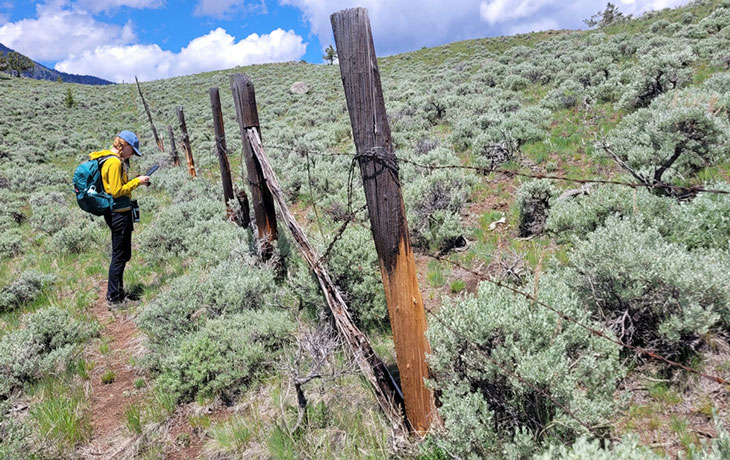 April 16, 2025
April 16, 2025 Researchers, conservation practitioners, Tribal leaders, and others leading conservation efforts focused on keystone species in the United States and territories are encouraged to apply by May 23rd.
Understanding gaps in electricity access across Kampala
 April 14, 2025
April 14, 2025 A new study led by Energy and Resources Group researchers reveals the challenges of energy access in Uganda, as grid connections still leave many residents vulnerable to energy poverty.
Focus on: PhD candidate Marco Dueñas
 April 11, 2025
April 11, 2025 QB3 recently interviewed Marco Dueñas, a plant biology PhD candidate in Sabeeha Merchant's lab.
Schmidt Sciences brings hands-on communications training to UC Berkeley scientists
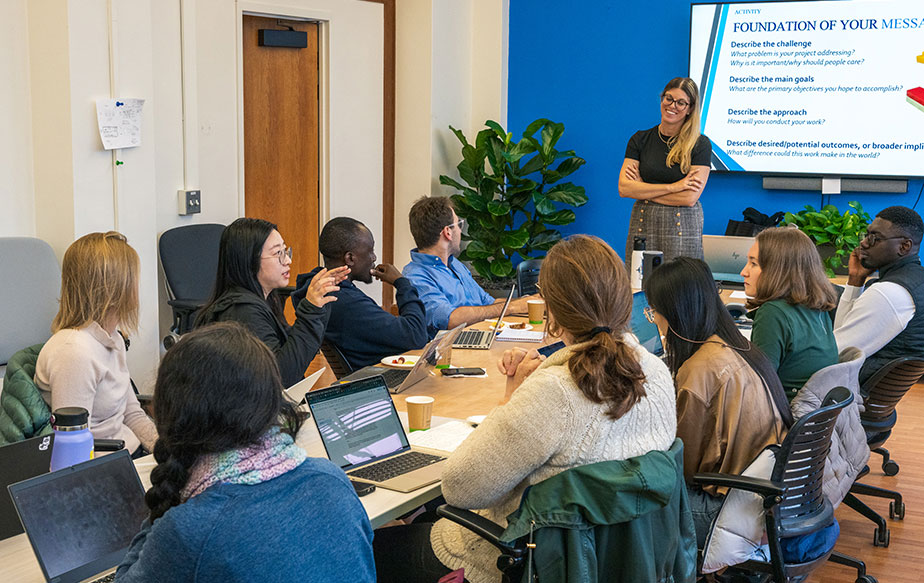 April 10, 2025
April 10, 2025 Over 35 graduate students from departments across campus participated in the workshop, which was hosted by the Eric and Wendy Schmidt Center for Data Science & Environment.
Alicia Henson recognized for graduate mentorship, professional leadership
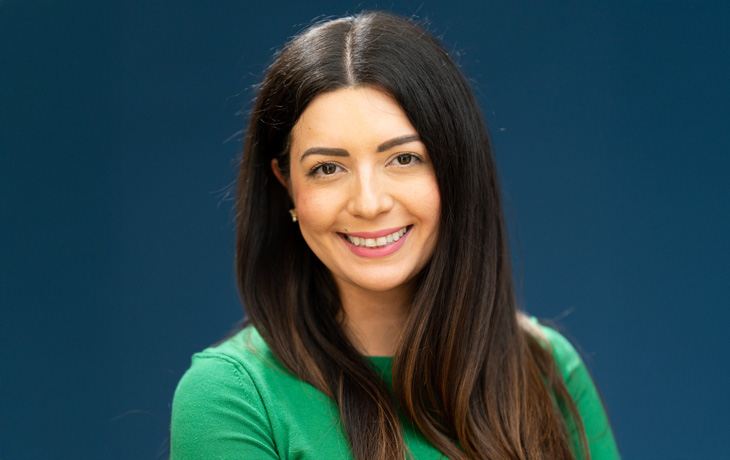 April 09, 2025
April 09, 2025 Henson, a program coordinator and education specialist, was recognized by the Graduate Assembly for her mentorship and the California Academy of Nutrition and Dietetics for her leadership in the field.
A single dry winter decimated CA's salmon and trout populations
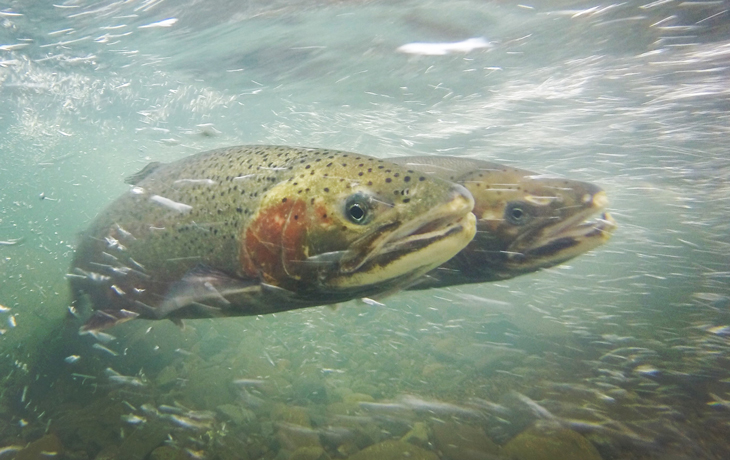 April 03, 2025
April 03, 2025 A new study led by Professor Stephanie Carlson found that severely dry conditions during the winter of 2013-2014 helped wipe out the salmonid populations of individual tributaries and even entire watersheds.
Understanding the coyote next door
 April 01, 2025
April 01, 2025 Research by ESPM professor Christopher Schell and postdoctoral scholar Lauren Stanton could help improve human-wildlife interactions and inform new ways of thinking about urban environments.
Tom Steyer to deliver Albright Lecture
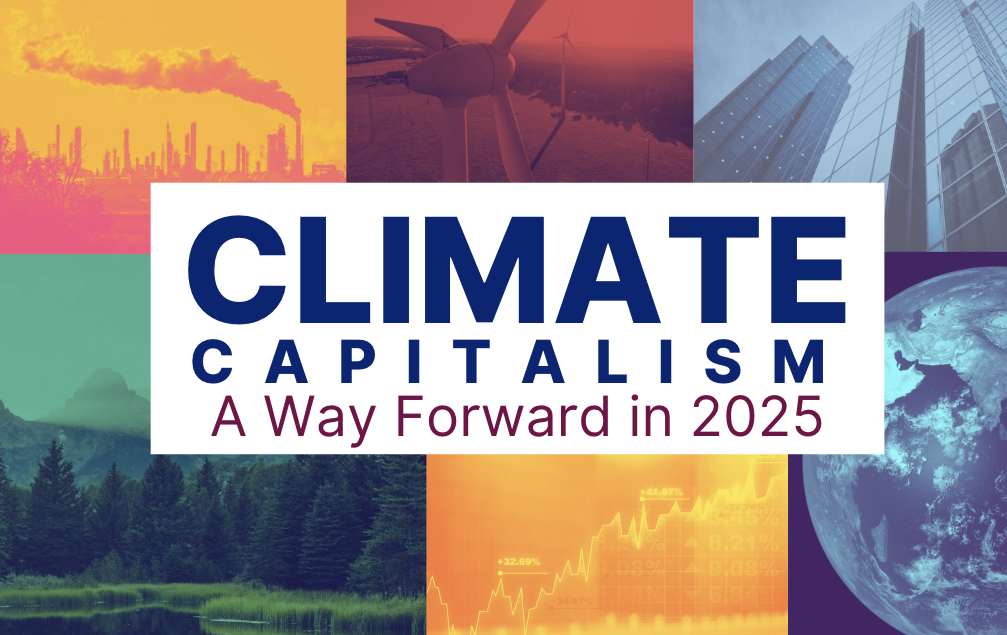 March 27, 2025
March 27, 2025 The College will host climate advocate and investor Tom Steyer for the Albright Lecture in Conservation on Wednesday, April 2. His talk is entitled “Climate Capitalism: A Way Forward in 2025.”
Stone Center Annual Report 2024-25
 March 27, 2025
March 27, 2025 During its second year, the Stone Center for Environmental Stewardship has advanced cutting-edge research on barriers to wildlife migration around Yellowstone National Park and launched new partnerships.
Assessing climate policies of central banks
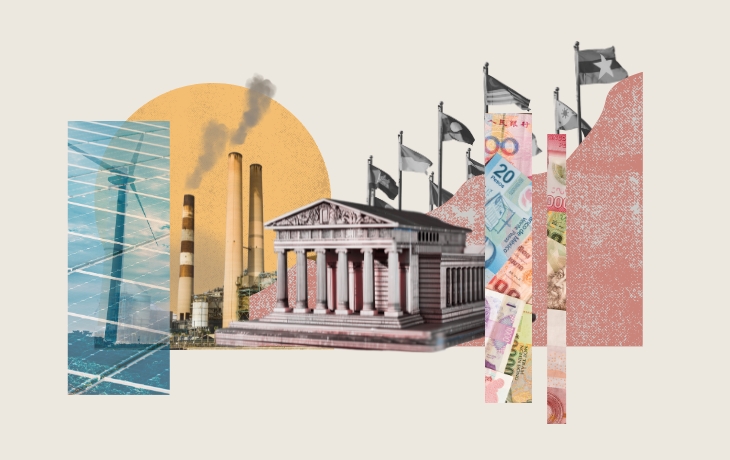 March 26, 2025
March 26, 2025 A new Nature Energy study led by Rausser College researchers reveals how central banks in 47 countries differ in their response to climate risks.
Gill Tract emerges as bright spot for Monarch Butterflies
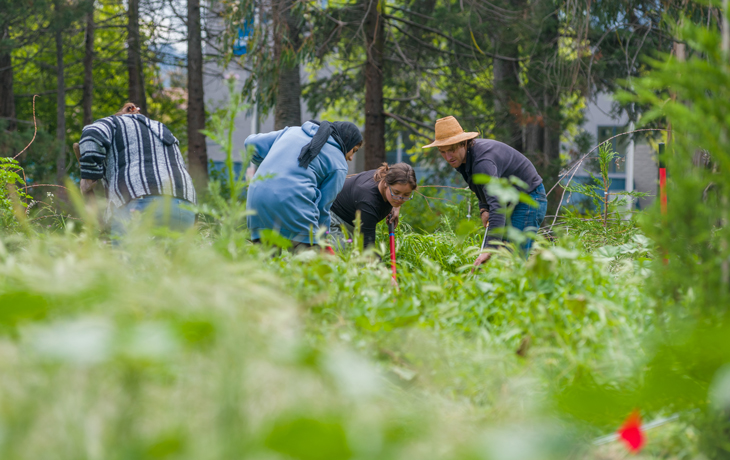 March 25, 2025
March 25, 2025 The Albany property hosted one of the largest populations of overwintering monarch butterflies as numbers across California dropped to a near-record low.
Faculty focus: Andreas Stahl
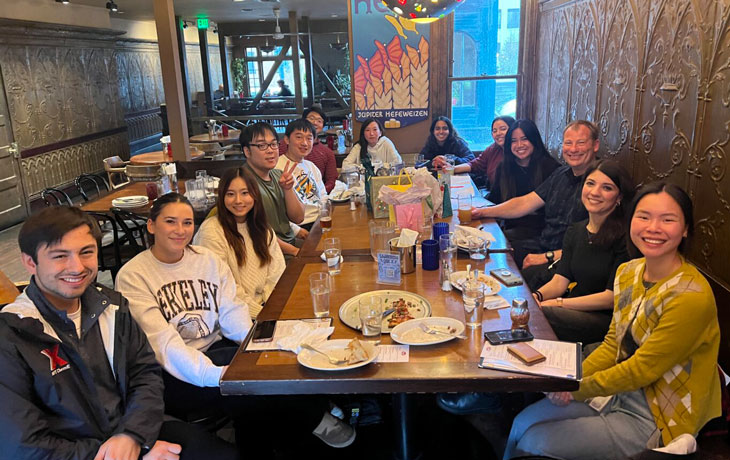 March 20, 2025
March 20, 2025 The Department of Nutritional Science and Toxicology professor spoke to the California Institute for Quantitative Biosciences about his lab's research.
Mapping the return of Indigenous lands using data science
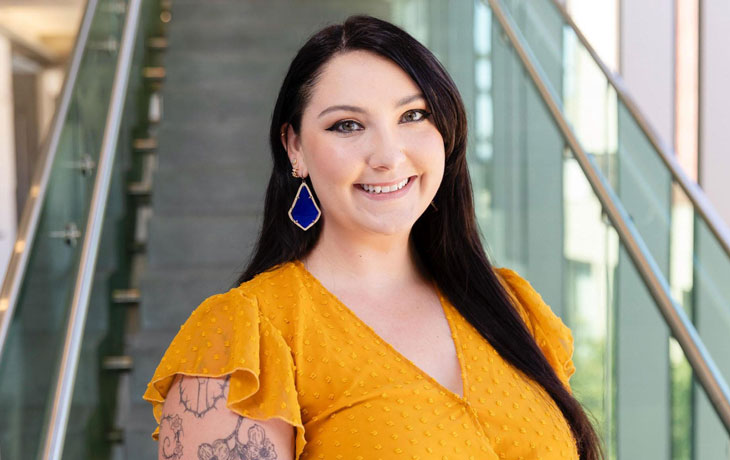 March 19, 2025
March 19, 2025 ESPM PhD candidate McKalee Steen became the first graduate student researcher at the Schmidt Center this January, contributing to their research on Indigenous data sovereignty.
Can “sustaining innovation” deliver sustainability?
 March 18, 2025
March 18, 2025 Professor Dara O’Rourke explores Amazon’s decarbonization efforts in a new case study published in the California Management Review.
Advancing research on issues impacting Native American communities
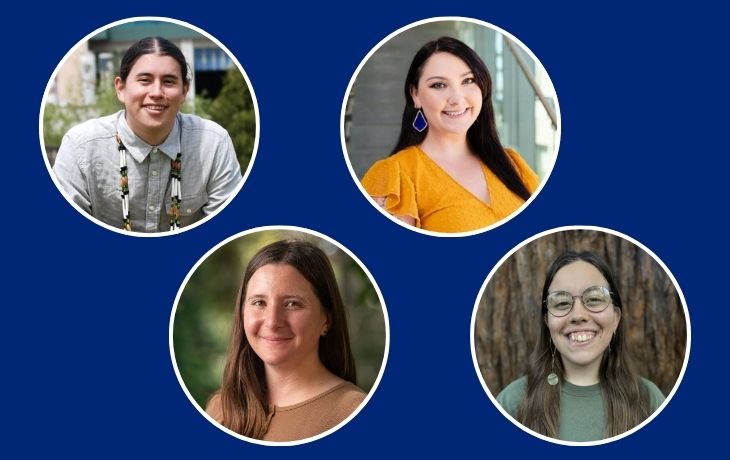 March 17, 2025
March 17, 2025 Four ESPM graduate students received funding from the Joseph A. Myers Center small grant program to support their research.
Naturally occurring molecule rivals Ozempic in weight loss
 March 12, 2025
March 12, 2025 A Stanford Medicine study co-authored by NST researchers identified a peptide that suppressed appetite and led to weight loss in mice and pigs without the side effects associated with Ozempic.
Brian Staskawicz awarded Wolf Prize in Agriculture
 March 11, 2025
March 11, 2025 The award recognizes the plant biology professor’s groundbreaking discoveries of the immune system and disease resistance in plants.
Student Spotlight: Yesim Goktekin
 March 07, 2025
March 07, 2025 The second-year Master of Nutritional Sciences & Dietetics student spoke about her decision to change careers and her experience in the new graduate program.
Does ‘psychic numbing’ impact conservation fundraising?
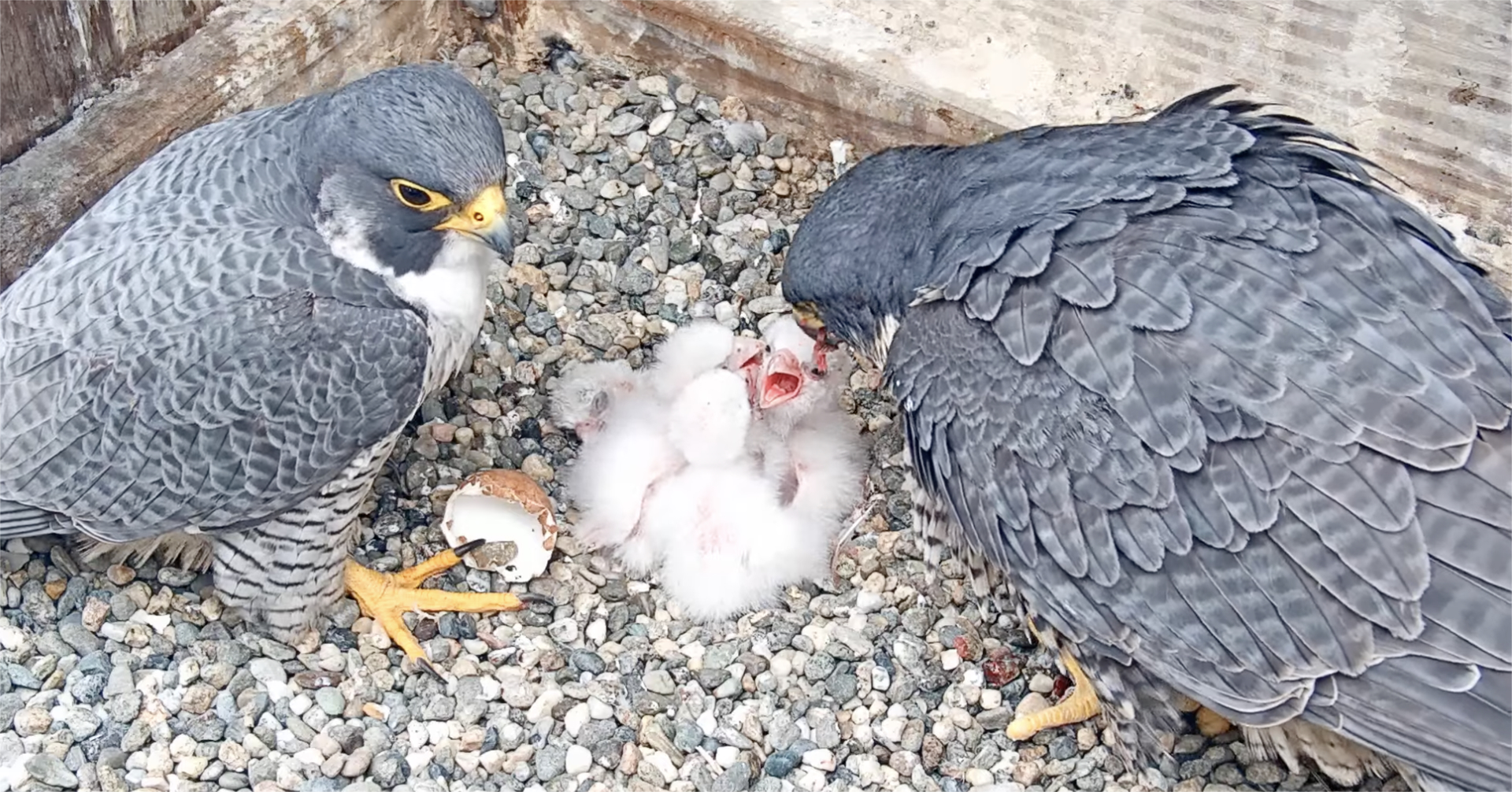 [image caption]
[image caption]
Annie the peregrine falcon (right) feeds her new chicks while Archie stands by. Photo courtesy of Cal Falcons.
A world-famous pygmy hippopotamus. An escaped Eurasian eagle-owl. A larger-than-life infant king penguin. These animals captured the hearts and minds of millions in 2024 and became animal celebrities. But when you look beyond their status as a viral phenomenon, flagship species such as these sometimes play an important role in conservation efforts.
Many people show compassion for the challenges these flagship species face, but as the number of endangered species continues to rise, conservationists may find it difficult to motivate people to support the thousands of species also needing attention.
To better understand what motivates the public to donate towards conservation efforts for endangered species, undergraduate Alexandra Boren and Environmental Science, Policy, and Management professor Alejandra Echeverri examined the unique case of Annie, one of UC Berkeley’s celebrity peregrine falcons, using concepts from the fields of social psychology and conservation marketing. Published today in Frontiers in Conservation Science, their study offers new insight into the impact of celebrity animals and the consequences of what is known as psychic numbing in endangered species conservation.
According to Echeverri, psychic numbing refers to the desensitization of the human brain when exposed to large-scale suffering. “The concept has been explored in relation to human suffering, and flagship charismatic animal species are recognized as key tools in conservation marketing,” added Boren, a fourth-year environmental sciences student and the study’s lead author. “However, there is a gap in understanding how these two concepts can be combined to encourage public donations to support endangered species.”
Annie's AbsenceIn late February, Cal Falcons reported that Annie and her latest mate, Archie, hadn’t been seen on campus in nearly two months. February typically is when Annie engages in pair bonding with her mate and readying their gravel nest box perched on top of UC Berkeley’s 307-foot-tall Campanile. Cal Falcons reports that across the Bay Area, 40% of peregrine territories are currently unoccupied, and the ongoing outbreak of highly pathogenic avian influenza is believed to be a cause. No evidence of a sick or dying falcon has been found on the bell tower, and the falcons could successfully nest as late as May and raise chicks. Read more about their disappearance at Berkeley News, and stay up to date with new developments at the Cal Falcons website.
From the near-extinction of a species to the stardom of a local individualPeregrine falcon (Falco peregrinus) populations experienced drastic declines across North America during the 20th century, with the bioaccumulation of the insecticide DDT heavily contributing to the severe population loss. The peregrine falcon was listed as endangered under the Endangered Species Conservation Act of 1969, and again under the Endangered Species Act in 1973. Extensive reintroduction efforts, complemented by the banning of DDT, allowed the declassification of the peregrine falcon as an endangered species in 1999.
In December 2016, nearly two decades after the species was delisted, two peregrine falcons—later named Annie and Grinnell—were observed setting up a nest in the UC Berkeley Campanile. While their arrival was celebrated by students and ornithologists alike, interest in the falcons began to reach new heights in January 2019, when the newly founded organization Cal Falcons kicked off their social media presence and their webcam project that provides livestream viewing of the nests at the Campanile.
Boren said the idea of using Annie as a research topic emerged after reaching out to Echeverri last January to discuss opportunities in her lab. “Annie has become an integral part of the Berkeley community, and students and faculty are vested in the well-being of Annie and her family,” she explained. “We thought ‘Annie the celebrity Peregrine Falcon’ would be the perfect case study to evaluate the impact of celebrity animals and psychic numbing in conservation marketing.”
Messaging mattersThe authors also evaluated the qualitative impact of conservation messaging with celebrity animals. They included a word association task at the beginning and end of each survey, prompting respondents to offer words they associate with endangered species. The researchers then classified the words according to sentiment (positive, negative, neutral) and according to category (animal, emotion, human, population size, policy, science). They found that the messaging condition significantly impacts the types of words that participants associate with endangered species.
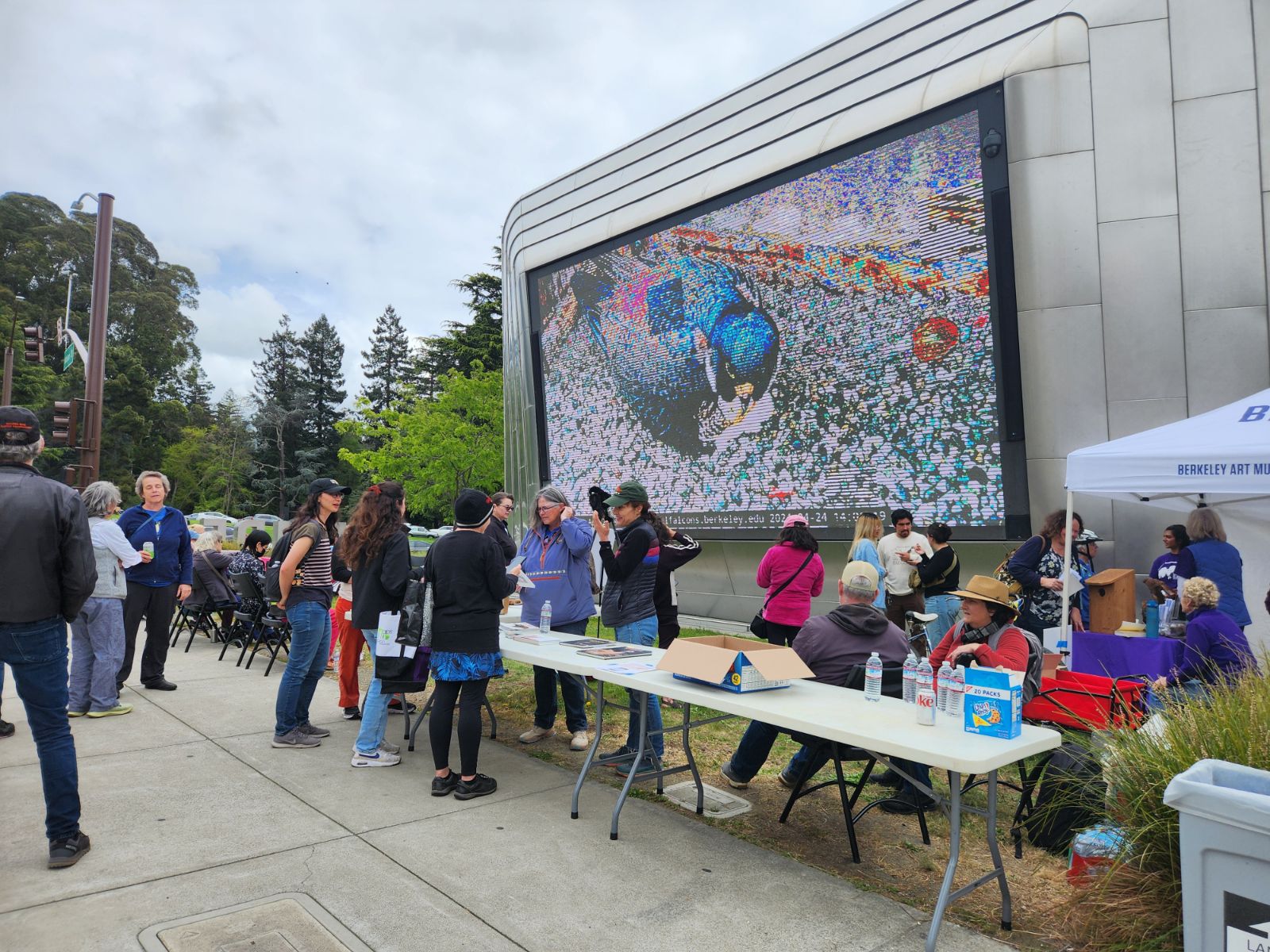 [image caption]
[image caption]
The Cal Falcons “hatch day party” celebrating the arrival of Annie’s 2024 chicks. Photo courtesy of Cal Falcons.
Participants who read Annie’s story were more likely to use positive, emotionally charged words like “Protect,” “Save,” and “Conservation,” whereas those who read the statistical information about peregrine falcon populations were more likely to use neutral words such as “Rare,” “Human,” and “Climate.” “This suggests that celebrity animal stories may have the power to deepen people’s emotional connection to conservation,” said Boren, who noted that the increase in neutral words “reinforces the concept that statistics may lack the appeal necessary to sway our emotions and inspire action.”
Their results reveal a deeper understanding of the role of messaging in endangered species conservation and its power in shaping public attitudes. Echeverri said the discrepancies between the quantitative donation impact and the qualitative word association impact of the messaging conditions “highlight the attitude-intention-behavior gap, where positive attitudes towards endangered species conservation do not necessarily translate into behavioral intentions or donation behavior.”
The authors discuss several directions of future research that could stem from this study, such as assessing if there is a varying presence of psychic numbing across different species and if negatively framed messages about individual animals are more effective at increasing donation amounts. “The field of conservation psychology is still nascent”, said Boren, “and our findings highlight the need for further research to better understand the psychological mechanisms underlying conservation-related decisions.”
Read the full study at Frontiers in Conservation Science.